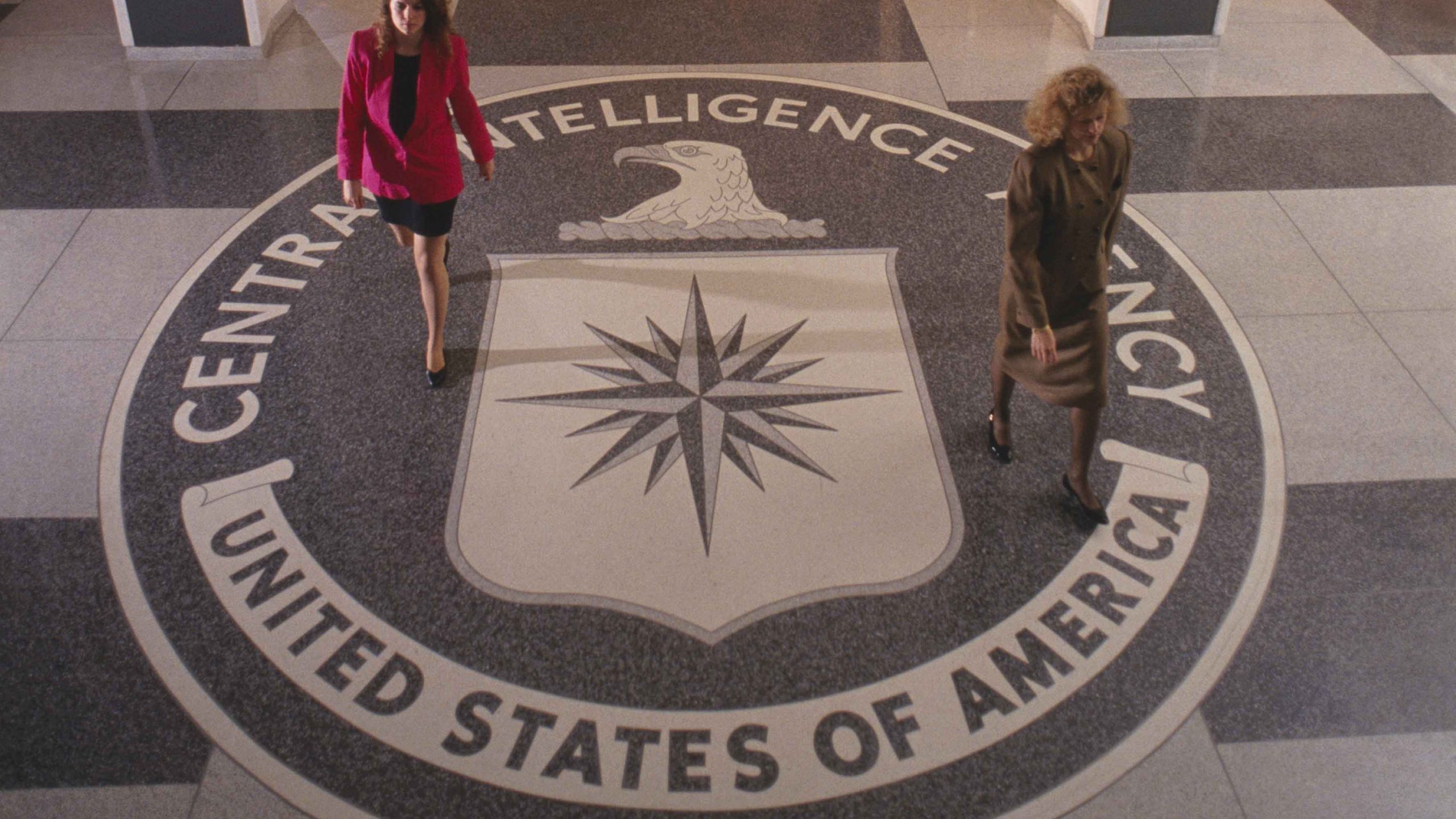waynethomasyorke.com – The Central Intelligence Agency (CIA) relies heavily on its network of human intelligence (HUMINT) assets to gather critical information and insights from around the world. This network consists of a diverse array of individuals, including spies, informants, and other covert operatives who provide valuable intelligence that cannot be obtained through other means. The recruitment and training of these individuals are crucial components of the CIA’s operations, ensuring that they are equipped to operate effectively in high-stakes environments.
Recruitment: Identifying and Enlisting Assets
Recruitment is the first step in building the CIA’s human intelligence network. This process involves identifying individuals who have access to valuable information or who can provide unique insights into foreign governments, organizations, or activities. The CIA employs various methods to recruit assets, including:
- Direct Recruitment: Approaching individuals directly and offering them incentives to provide information. This can include financial compensation, political asylum, or protection for themselves and their families.
- Indirect Recruitment: Using intermediaries or existing assets to identify and recruit new sources. This approach can be more discreet and can help mitigate risks to the CIA’s operatives.
- Exploitation of Existing Relationships: Leveraging existing relationships with foreign officials, business leaders, or other individuals who may have access to sensitive information.
Training: Preparing Assets for Covert Operations
Once recruited, assets undergo rigorous training to prepare them for their roles in the CIA’s human intelligence network. This training is designed to ensure that they can operate effectively and safely in often hostile environments. Key components of the training include:
- Operational Security (OPSEC): Teaching assets how to protect themselves and their information from detection and compromise. This includes techniques for maintaining secrecy, avoiding surveillance, and secure communication methods.
- Surveillance and Counter-Surveillance: Training assets to recognize when they are being followed or monitored and to take appropriate actions to evade surveillance.
- Interrogation Resistance: Preparing assets for the possibility of capture and interrogation. This includes psychological preparation and training in resistance techniques to withstand interrogation.
- Intelligence Gathering: Instructing assets on how to collect and report valuable information. This includes identifying targets, gathering intelligence through various means, and effectively communicating findings to the CIA.
Ethical Considerations and Risks
The recruitment and training of human intelligence assets raise significant ethical and operational risks. Assets may be exposed to personal danger, and their involvement with the CIA can have severe legal and social consequences. The CIA must balance the need for intelligence with the welfare of its assets, ensuring that they are adequately protected and supported throughout their operations.
Conclusion
The CIA’s human intelligence network is a vital component of its operations, providing critical information that is essential for national security. The recruitment and training of these assets are complex and demanding processes that require careful planning and execution. While these activities are crucial for the CIA’s mission, they also highlight the ethical and operational challenges inherent in human intelligence operations. As the geopolitical landscape continues to evolve, the CIA must adapt its recruitment and training methods to meet the changing needs of national security.
